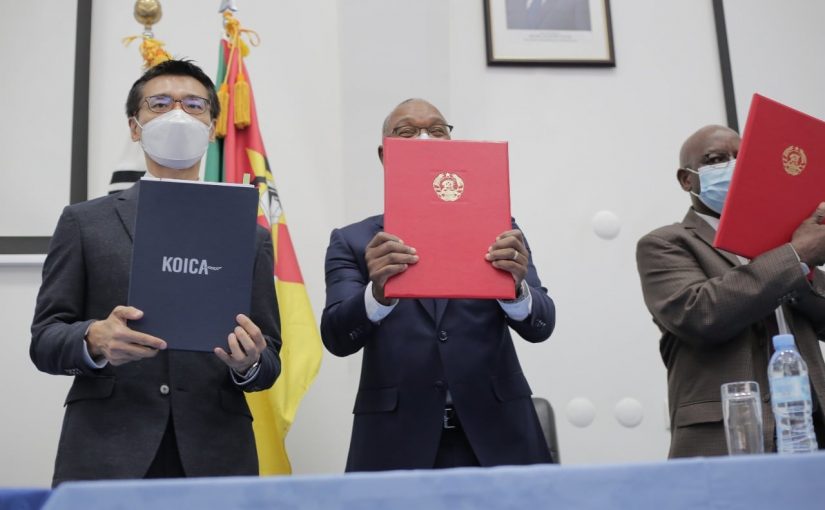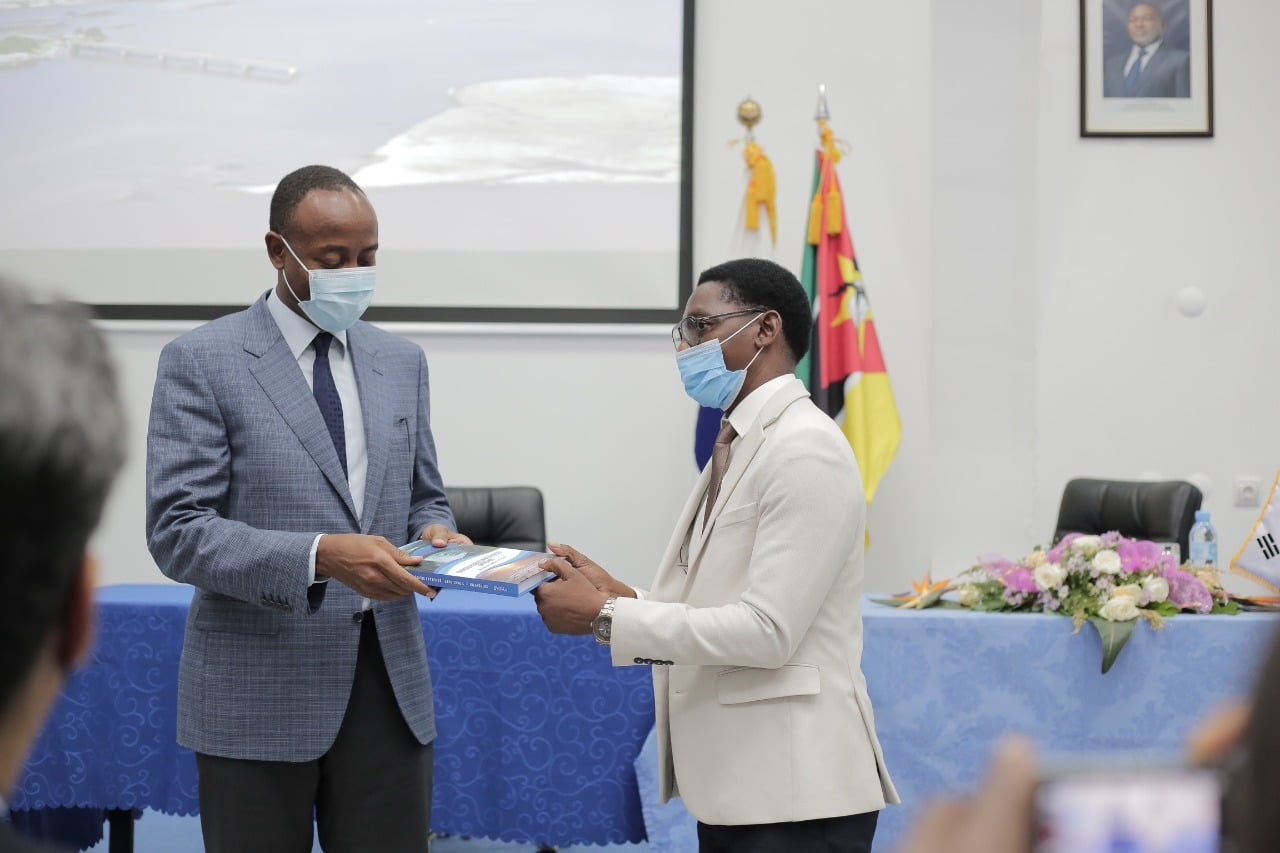Barcelona renews confidence in Maputo through metropolitan cooperation agreement
Mozambique, Korea Cooperation Agency sign MoU on flood and drought early warning system

Photo: Ministério das Obras Públicas, Habitação e Recursos Hídricos-MOPHRH
Mozambique is cyclically affected by natural disasters, with extreme climatic manifestations, especially droughts, floods and cyclones, generally characterised by marked and often sudden deviations from the normal patterns of behaviour of climatic factors, with often catastrophic effects for the economy and society. In this sense, the country has reinforced its level of response to these events. This Friday, the Government, through the Ministry of Public Works, Housing and Water Resources, the National Institute of Risk and Disaster Management together with the Korea International Cooperation Agency (KOICA), signed a memorandum of understanding for the modernization of flood and drought warning in the country.
Recently, Mozambique has seen the devastation caused by floods and inundations caused by cyclones Idai, Kenneth, Eloise, and was affected by Tropical Depression Ana.
To address this situation, a surveillance project will be implemented in the country by 2025, to provide early responses to floods, an initiative that will help just over 200,000 inhabitants of the Licungo watershed region in Zambézia province, valued at US$7.5 million.
With the materialization of this project, it is expected to explore and mitigate the cyclical floods that occurred in the Licungo hydrographic basin through advance forecasting to prevent damage caused by rainwater.
According to Minister of Public Works, Housing and Water Resources, João Machatine, the signing of the MoU constitutes a ‘turning of the page’ in the water resources management component, insofar as it will help the main actors in this sector to perform meticulous monitoring, with the possibility of making correct forecasts and avoiding greater damage, including to humans.
For example, Machatine said that “natural disasters cause many problems in the country, from an economic and social point of view. This is almost cyclical, until we have investments for dams”.
“This investment will therefore allow farmers to have timely information so that their crops, their inputs and their equipment are not lost with the floods; it will allow the populations that are still in the risk areas to leave these places before the occurrence of these events, it will allow the various sectors – commerce, education, health and others – to be able, in a timely manner, to carry out the logistics and provisioning of these inputs to these places so that – in the event of worse situations – the populations that become inaccessible are not held hostage to these inputs” or the lack of them.
For Machatine, the Flood Early Warning Systems Development Project comes at a good time, as the country has already been assisting families and infrastructures that are often damaged by climate change. The country needs infrastructure that fits the new reality, given that some works have passed more than their useful life. So far, in addition to building infrastructure adapted to the ‘new normal’, the executive looks to rehabilitation, which is not to be confused with maintenance, as an alternative to deal with climatic events.
“Extreme Hydroclimatic Events” – book launch
The same event saw the launch of a work by Agostinho Vilanculos, an official assigned to the National Directorate for the Management of Water Resources, DNGRH, entitled “Extreme Hydroclimatic Events”. The book addresses the methods of analysis and forecasting of floods and droughts and some of the opportunities that the country can adopt to minimise their impact.
At the launch, it became clear that the government will continue to cherish and support young people’s initiatives, especially at a time when the internal market of literature is filled with works written and edited abroad, mainly in the area of Risk and Natural Disaster Management.













Leave a Reply
Be the First to Comment!
You must be logged in to post a comment.
You must be logged in to post a comment.